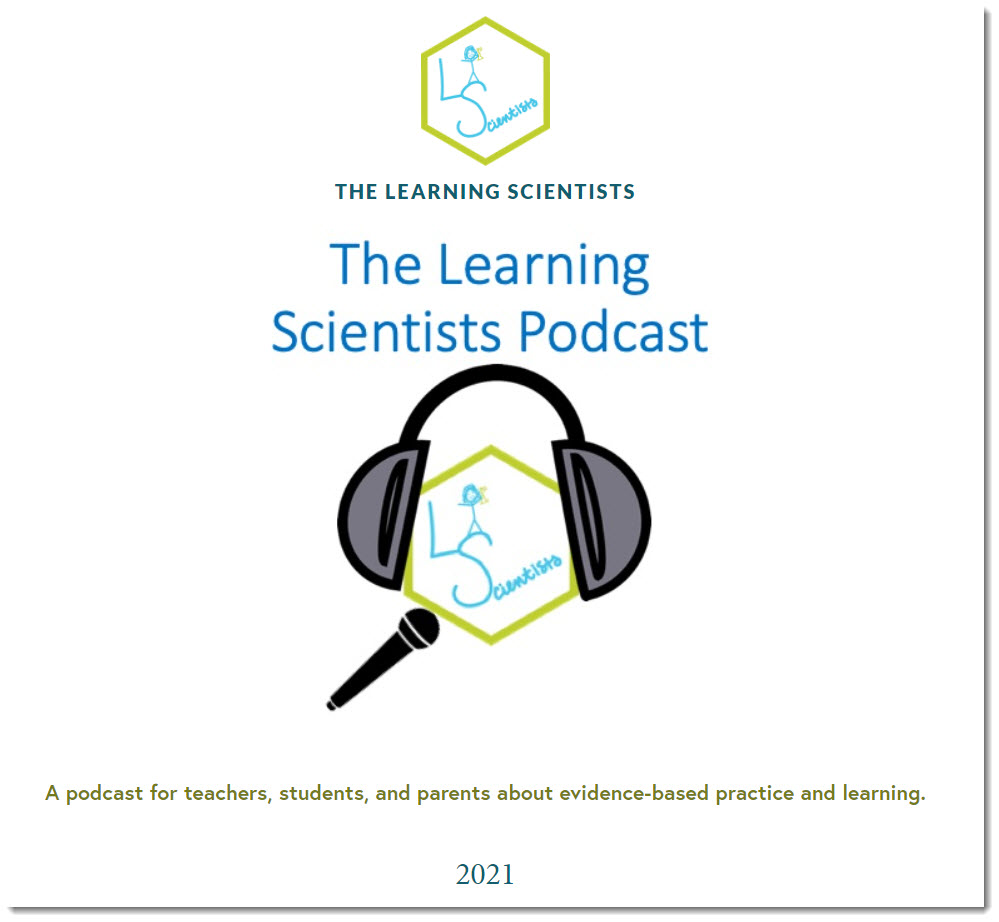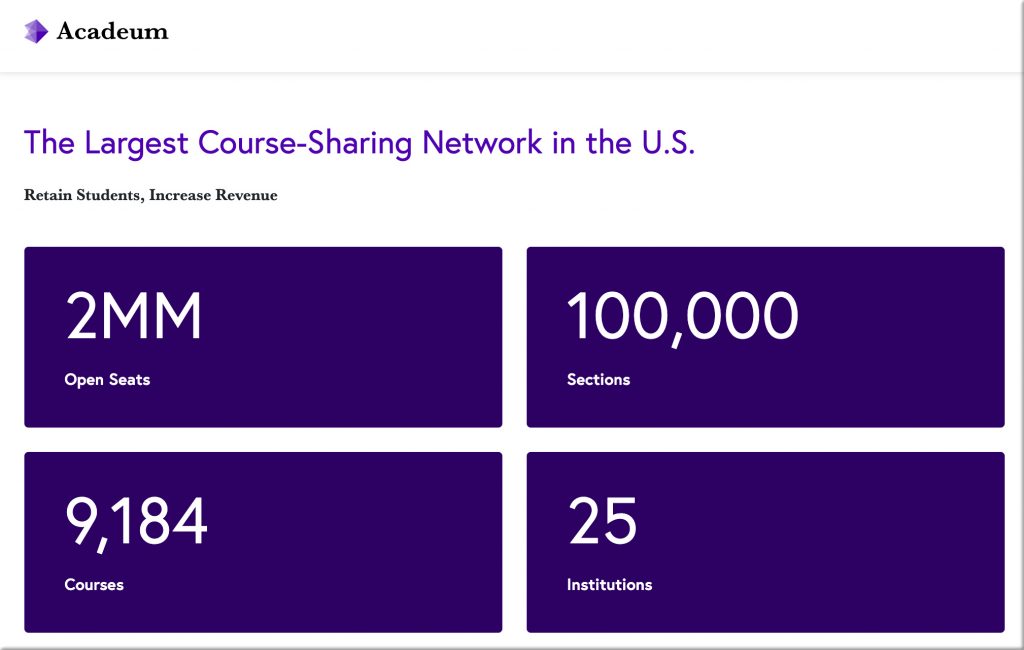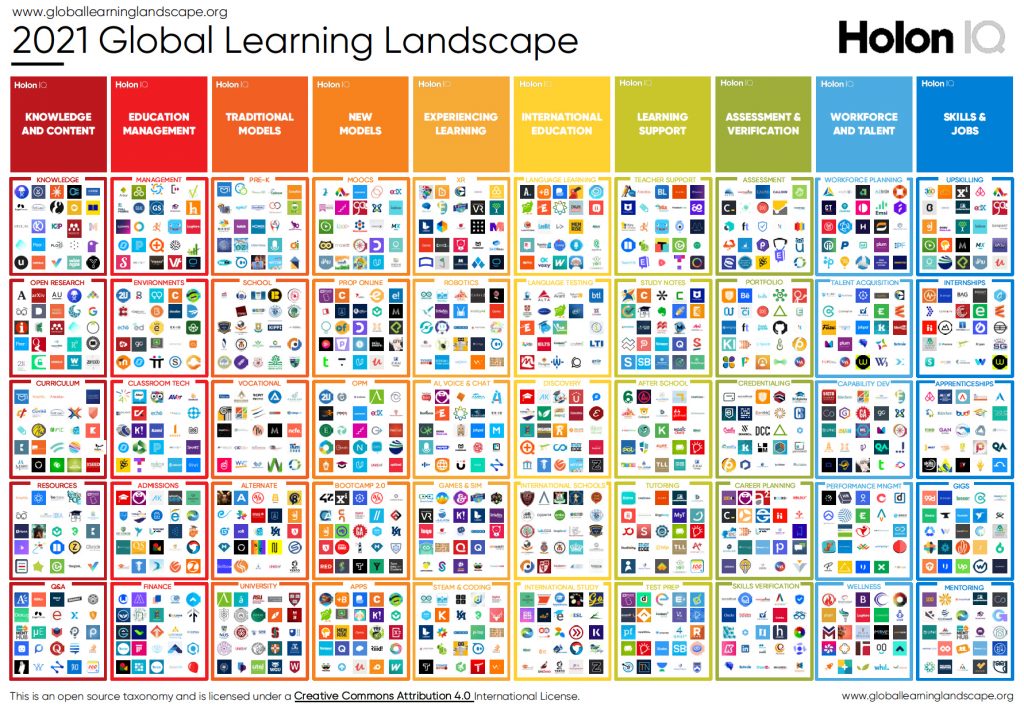Michigan appeals to former teachers as districts face ‘dire’ shortage — from mlive.com by Kayla Miller
 Kindergarten teacher Melissa Sanborn instructs students…Thursday, Jan. 23, 2020 at Cook Elementary School in Grand Blanc. (Jake May | MLive.com) Jake May | MLive.com
Kindergarten teacher Melissa Sanborn instructs students…Thursday, Jan. 23, 2020 at Cook Elementary School in Grand Blanc. (Jake May | MLive.com) Jake May | MLive.com
Excerpt:
Looking ahead to August, Beecher Community School District is expecting to be short about a quarter of their needed teaching staff for the 2021-22 school year.
The Flint-area district is one of many schools across Michigan fighting to keep educators in classrooms amid a statewide teacher shortage. The Michigan Department of Education (MDE) is now appealing to former teachers to get recertified and back to work.
…
David Crim, spokesperson for the Michigan Education Association, said multiple factors are keeping people from pursuing teaching and forcing young teachers to leave the profession.
“There’s no respect for teachers, no respect for the profession and poor compensation,” Crim said. “We have the perfect storm.”
From DSC:
It feels like there are major changes occurring throughout the K-12 learning ecosystems out there. It will be interesting to see what shakes out from this period of disruption.
By the way, those with little respect for teachers clearly have never taught themselves. Teaching is a very difficult profession. You try providing personalized learning to 25-30+ students at a time. Once you begin to scratch the surface, you’re retiring. We need to continue to try to share our knowledge, learnings, effective pedagogies/research, growth, tools, contacts, and more to help the next generation of teachers, students, administrators, and leaders.
Personally, I would like to see teachers have far more agency themselves. Don’t straight jacket them so much with standardized testing every ___ weeks/months. And allow more choice and control for the students (where possible). And allow the damn trains to slow down and/or vary their pace — allow them to stop if necessary for a student or a group of students.

I don’t see real personalized learning occurring until more technologies get involved/integrated into the classrooms out there — things like learner preferences, cloud-based learner profiles, AI and more.
From DSC:
My wife recently told me about The Thrive Learning Center. Though we don’t have any of our kids there, it looks very interesting to me! They offer play, choice, agency, a learning community, a chance to pursue one’s interests, and more! I wish we had seen this several years ago. But maybe it will help someone else out there reenvision what learning could look and be like.

Improving Digital Inclusion & Accessibility for Those With Learning Disabilities — from inclusionhub.com by Meredith Kreisa
Learning disabilities must be taken into account during the digital design process to ensure digital inclusion and accessibility for the community. This comprehensive guide outlines common learning disabilities, associated difficulties, accessibility barriers and best practices, and more.
“Learning shouldn’t be something only those without disabilities get to do,” explains Seren Davies, a full stack software engineer and accessibility advocate who is dyslexic. “It should be for everyone. By thinking about digital accessibility, we are making sure that everyone who wants to learn can.”
…
“Learning disability” is a broad term used to describe several specific diagnoses. Dyslexia, dyscalculia, dysgraphia, nonverbal learning disorder, and oral/written language disorder and specific reading comprehension deficit are among the most prevalent.
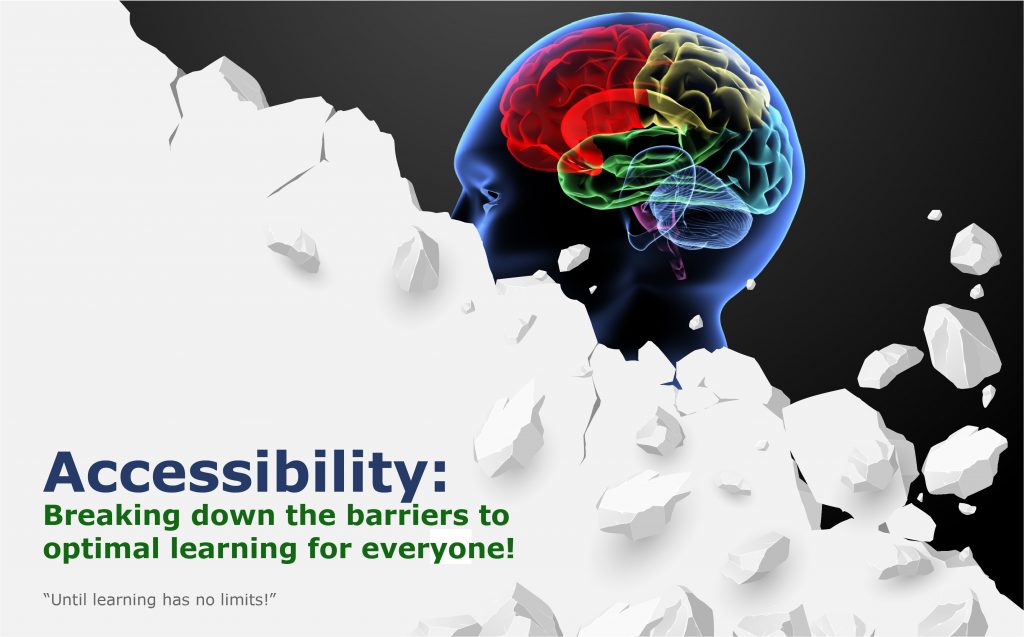
More Employers Are Awarding Credentials. Is A Parallel Higher Education System Emerging? — from edsurge.com by Sean Gallagher and Holly Zanville
Excerpt:
As the acceptance of new types of credentials grows, a number of employers have become learning providers in their own right, in a way that could shake up the broader higher education landscape.
A growing number of companies have moved beyond training their own employees or providing tuition assistance programs to send staff members to higher education. Many of these employers are also developing their own curricula and rapidly expanding their publicly-facing credential offerings.
But the current boom in employer-issued credentials is different—and potentially transformational. Unlike the traditional IT certifications of decades past, these new credentials are less focused on proprietary technologies related to a given tech vendor, and are instead more focused on broadly applicable tech skill sets such as IT support, cloud computing and digital marketing.
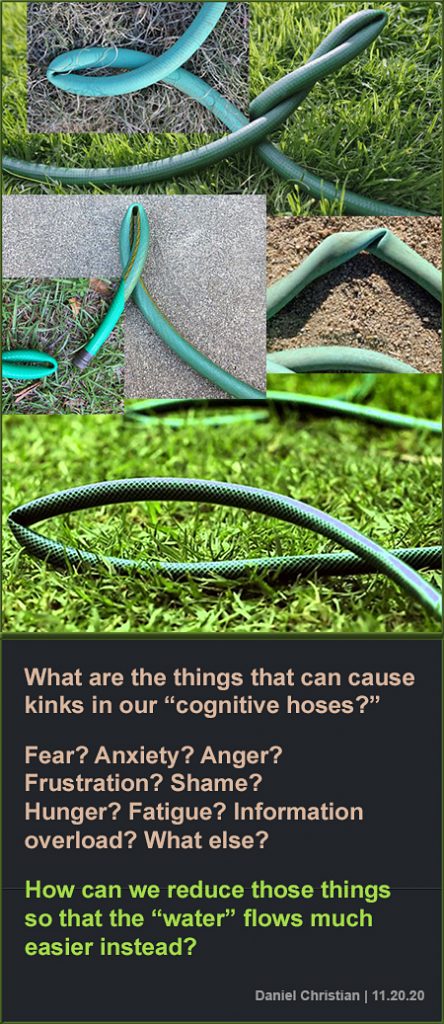
The shift online has colleges looking to share courses — from educationdive.com by Alia Wong
Dozens of institutions have joined consortia for exchanging online classes since the pandemic began, and new options have sprung up.
Excerpts:
Dozens of other small, private institutions followed thanks to the Council of Independent Colleges’ (CIC’s) Online Course Sharing Consortium, which was formed in late 2018 and today is the largest of the dozen or so networks on Acadeum.
From DSC: What if each learner/person/student could have a lifelong, cloud-based “tribute” site?
What if you could hire a career coach to sift through the tributes to find common themes?
From DSC:
I recently asked friends and family to help me celebrate a significant birthday for my wife by creating a tribute for her — using a service called Tribute.co. It was a fun, meaningful, relational experience — it opened the doors to some great communications.
Here’s a video that describes what a Tribute is (from the company of that same name).
So I put out potential suggestions for what I hoped that we could relay to my wife, and people contributed their videos. Then a person at Tribute edited the videos to come up with a highlight reel. They also presented to my wife all of the videos, not just the highlight reel.
That got me to wonder, “What if each learner had a cloud-based, lifelong tribute site that parents, guardians, grandparents, teachers, coaches, musical directors, pastors, friends, and others could leave encouraging and instructive messages on? Or when they note something that might be of use later on in terms of career selection, they could “jot it down.” For example:
- [First-grade teacher] “I noticed Anne that when we did the art projects, you were enthralled with any sort of creative endeavor or project. We almost lost you in another world!”
- [Family member] “Tony, I’ve noticed ____. Here’s something to consider for your future pathways. Would you be interested in exploring _____ — such as if we signed you up for some lessons in that area?”
- [Eight grade teacher] “Eloise, I saw that your engagement level skyrocket when we studied ____, especially when you did the project on ___.”
- [Basketball coach] “Chan, I appreciated your hard work in practice today. Keep up the good work and you will be a super player! You are fast, strong, and seem to have a competitive spirit about you. Consider making a workout chart and charting out the workouts that you do each day. Monitor your progress over time. As of today, here are some apps to do just that: ___.
- [Pastor] “So glad Amanda that you were able to join us on our youth group visit to ___. I appreciated your end-of-the-day reflections on the experiences of the day. I also appreciated your hard work helping others.”
- [Friend] “It was great horsing around on Garageband with you today Zach. I look forward to diving into iMovie next with you. Let’s create a movie for each other. You seem to have a very creative side to you.”
- [High school CS Teacher] “Keep up the good work programming Jeremy! I hope that you will consider going into some type of job that uses critical thinking, mathematics, problem-solving — perhaps it will be programming, perhaps it will be engineering, or something else.”
- [College professor/advisor] “You mentioned that you hate college to me the last two times we met. You don’t seem happy studying ___. Have you considered ____?”
- [Tennis coach] Remember to bend those knees…get low. Keep your eyes on the seams of the ball.”
The idea behind such a service would be to offer encouragement, feedback, (if carefully put) constructive criticism, a message that “I’m on your team”…and/or…”Here’s what I see in you.”
Additional functionality/options
- Contributors:
- Like Twitter imposes a limit on characters, there could be options to impose a time limit on the length of a video, ability to add more than one video, and/or set a limit on how many videos someone can upload
- If submitting a written piece, the option would be there to limit the number of characters and/or the word count.
- From learners themselves (to their own tribute)
- No time limit, no word count or character limit
- Would act like a multimedia-based diary/journal of learning
- Option to select whether might be worth re-listening to for career selection purposes.
Teaching in a Hybrid Classroom – What’s Working, What’s Not — from derekbruff.org by Derek Bruff
Excerpt:
Now that we’re a few weeks into the semester, I wanted to know what was working and what was a continuing challenge for instructors, so I convened a conversation on teaching earlier this week attended by 18 of my faculty colleagues representing a range of disciplines. They were excited to be back in the classroom this fall. “There’s a different energy when we’re face-to-face,” one of them said. We had a lively discussion via Zoom about hybrid teaching, including what made it exciting and what made it frustrating, and I wanted to share a few highlights here on the blog.
I waited a minute or two while the participants thought and typed, and when it was clear that most of the participants were no longer typing, I said, “Ready, set, go!” Everyone hit enter, and a slew of responses appeared in the chat at the same time. At this point, we all spent a couple of minutes reading through the responses. I selected a couple that were particularly interesting and called on those participants to elaborate via video.
Also see:
Active Learning in Hybrid and Physically Distanced Classrooms — from cft.vanderbilt.edu by Derek Bruff
If I’m standing at the front of the classroom with half or a third of my students in the room with me, but sitting six feet apart from each other and wearing masks, while the rest of my students are joining class by videoconference, what strategies might I employ to engage all of my students in meaningful learning?
I’m going to try to outline some options here in this blog post, drawing on ideas and resources from across the higher education community, but I would enthusiastically welcome additional approaches in the comments below or via Hypothesis annotations.
Derek Bruff
So what is the book about? — from donaldclarkplanb.blogspot.com by Donald Clark; which discusses his book entitled, Artificial Intelligence for Learning: How to use AI to Support Employee Development

Excerpt:
AI changes everything. It changes how we work, shop, travel, entertain ourselves, socialize, deal with finance and healthcare. When online, AI mediates almost everything – Google, Google Scholar, YouTube, Facebook, Twitter, Instagram, TikTok, Amazon, Netflix. It would be bizarre to imagine that AI will have no role to play in learning – it already has.
Both informally and formally, AI is now embedded in many of the tools real learners use for online learning – we search for knowledge using AI (Google, Google Scholar), we search for practical knowledge using AI (YouTube), Duolingo for languages, and CPD is becoming common on social media, almost all mediated by AI. It is everywhere, just largely invisible. This book is partly about the role of AI in informal learning but it is largely about its existing and potential role in formal learning – in schools, Universities and the workplace. AI changes the world, so it changes why we learn, what we learn and how we learn.
Also see:
- Abandon lectures: increase attendance, attitudes and attainment — from donaldclarkplanb.blogspot.com by Donald Clark
Excerpt:
The groups were taught a module in a physics course, in three one hour sessions in one week. In short; attendance increased, measured attitudes were better (students enjoyed the experience (90%) and thought that the whole course would be better if taught this way (77%)). More importantly students in the experimental group outperformed the control group, doing more than twice as well in assessment than the control group.
From DSC:
The article below got me to thinking about designing learning experiences and what our learning experiences might be like in the future — especially after we start pouring much more of our innovative thinking, creativity, funding, entrepreneurship, and new R&D into technology-supported/enabled learning experiences.
LMS vs. LXP: How and why they are different — from blog.commlabindia.com by Payal Dixit
LXPs are a rising trend in the L&D market. But will they replace LMSs soon? What do they offer more than an LMS? Learn more about LMS vs. LXP in this blog.
Excerpt (emphasis DSC):
Building on the foundation of the LMS, the LXP curates and aggregates content, creates learning paths, and provides personalized learning resources.
Here are some of the key capabilities of LXPs. They:
- Offer content in a Netflix-like interface, with suggestions and AI recommendations
- Can host any form of content – blogs, videos, eLearning courses, and audio podcasts to name a few
- Offer automated learning paths that lead to logical outcomes
- Support true uncensored social learning opportunities
So, this is about the LXP and what it offers; let’s now delve into the characteristics that differentiate it from the good old LMS.
From DSC:
Entities throughout the learning spectrum are going through many changes right now (i.e., people and organizations throughout K-12, higher education, vocational schools, and corporate training/L&D). If the first round of the Coronavirus continues to impact us, and then a second round comes later this year/early next year, I can easily see massive investments and interest in learning-related innovations. It will be in too many peoples’ and organizations’ interests not to.
I highlighted the bulleted points above because they are some of the components/features of the Learning from the Living [Class] Room vision that I’ve been working on.
Below are some technologies, visuals, and ideas to supplement my reflections. They might stir the imagination of someone out there who, like me, desires to make a contribution — and who wants to make learning more accessible, personalized, fun, and engaging. Hopefully, future generations will be able to have more choice, more control over their learning — throughout their lifetimes — as they pursue their passions.





















Mounting faculty concerns about the fall semester — from insidehighered.com by Colleen Flaherty
Professors across institutions are increasingly waving red flags about the private and public health implications of default face-to-face instruction come fall, along with a lack of shared decision making in staffing and teaching decisions.
Excerpt:
Many professors are worried about the private and public health implications of having students return to campus and expectations about who will teach them face-to-face. If there is any consensus, it is that instructors should not be forced to teach in person, and that teaching remotely shouldn’t require any special medical exemption.
From DSC:
Solid article…though I wish there were more quotes from staff members. Staff who have to report to campuses this fall should also have a voice — as they are also concerned about their health. After all, staff members are equally susceptible to getting the Coronavirus.
What will learning look like this fall? — excerpt and resources below are from Instructure’s Canvas CSM June 2020 Newsletter
Institutions across the world are preparing for the upcoming school year with the “new normal.” Educators have been sharing their successes, lessons learned, and new initiatives. Explore these resources on bringing the classroom environment online:
- Inside Higher Ed’s Transforming Teaching and Learning series
- Education Now: Let’s Talk Distance Learning
- Staking a Claim on the Future of Education: Blending Learning, a Q&A with Jared Stein, VP of Higher Education Product Strategy and Management
- How educational institutions can learn their way forward after a crisis, by APAC General Manager Christopher Bradman
A quick-start instruction manual for teaching from home — from edsurge.com by Andrew Ng
Excerpt:
How can you migrate a live, in-person class to an online setting quickly, without needing to redesign the class? If you have time to redesign the class into five-minute videos and auto-graded homework, that’s great! But if you don’t, here’s what you can do.
We will go through three quick options with increasing levels of complexity and equipment/setup needed. I recommend using the most sophisticated of these options that you feel comfortable with.









